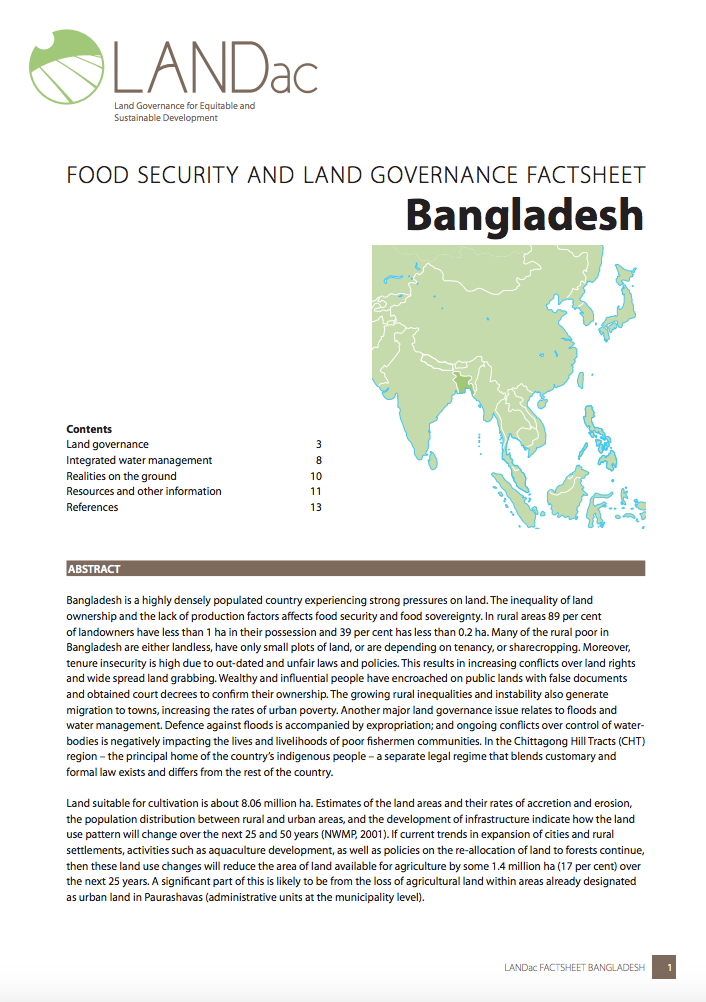Problems of real property taxation in Lithuania
There are three main real property taxes in Lithuania and all of them are applied to different persons and are calculated using different methodology. The revenue from real property taxes in different countries varies from 0.1% to 3% of GDP but in Lithuania it is even less than 0.1%. This revenue is allocated to municipal budget. Improvement of real property taxation system, changes in taxable value or introduction of new real property tax can increase revenue from taxation and encourage municipalities to improve living surrounding and infrastructure.




